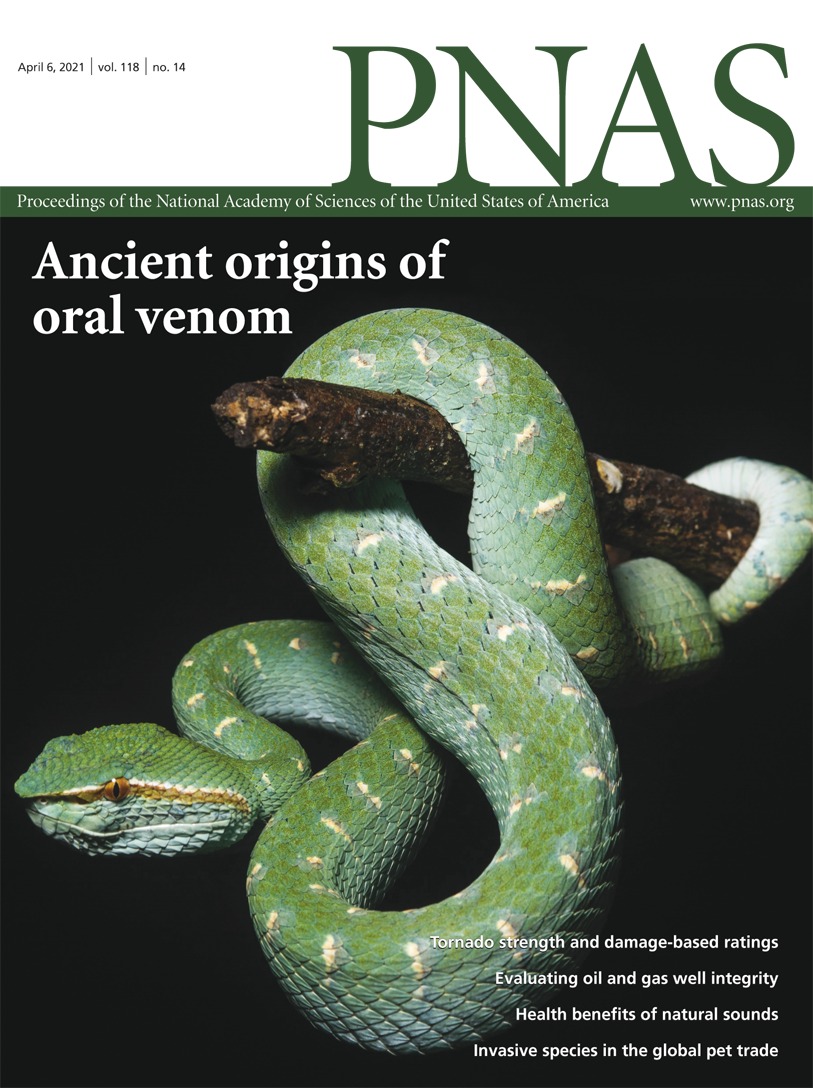Metavenom paper published
The metavenom paper is published in PNAS.

In this paper we talk about how a conserved gene regulatory network lead to rise of oral venom in tetrapods. Most studies focus on the toxins to understand the evolution of the snake venom phenotype, but here we took a different approach and looked at all the genes that co-express with snake venom. We found a network of co-expressed genes (the metavenom) to be highly enriched for processes involved in protein folding and maintaining cellular homeostasis during protein expression. This makes perfect sense since the venom tissue has a high protein load, it needs to ensure the molecular machinery that can maintain this protein load is actively present.
We also show that there is substantial conservation of the metavenom in salivary tissue of mammals, suggesting that this network was likely already present in the common ancestor of reptiles and mammals. This was fascinating because it means that although reptiles and mammals have taken different directions in their use of oral secretions, the common building blocks are the same. This could also help explain how oral venoms can seemingly evolve independently in so many disparate lineages.
The next steps are writing up a paper on the evolution of serine protease based venoms that seem to suggest that the most abundant venom component in mammals and reptiles actually evolved in parallel from the same ancestral gene, and not independently as previously believed. This, added with our metavenom work really blurs the line between what we think are venomous and how we should append the way we classify venomous animals.
